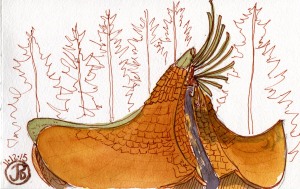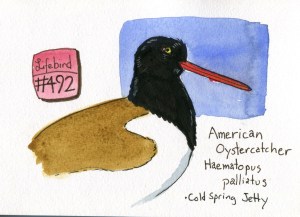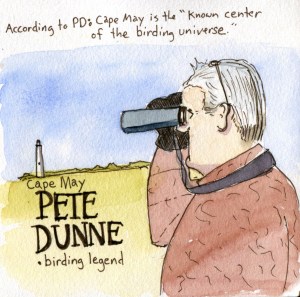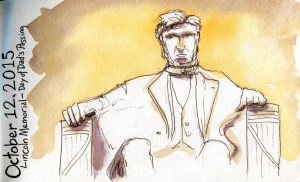On a recent Sunday I returned to the campus of Stanford University. Although I did not attend this famous western house of learning, I felt as if I grew up here. Indeed the campus is in my bloodlines.
My father graduated from Stanford in 1955, at time when the Farm was more affordable and you didn’t need an outrageous GPA to be accepted. This may have been considered a betrayal because my grandfather attended Cal (University of California at Berkeley), Stanford’s bitter rival. (The previous day Stanford defeated Cal in the “Big Game” 35-22).
My parents were married at the 1903 Memorial Church on August 3, 1968 and they settled just south of the campus in The Valley of Heart’s Delight among the apricot and cherry orchards in Sunnyvale. This area would be transformed, it’s orchards yielding to concrete, and the area would be rechristened “Silicon Valley”.
My father would bring my younger brother and I to Stanford football scrimmages and sometimes a baseball game. I loved the Stanford Bookstore, one of the best in the area, and sadly one of the few left. The campus is filled with beautiful buildings placed among the coast live oaks and palm trees. The center piece was the church before me.
I sketched the church from a circular planter in “The Quad”, just off center to the left. Waves of Sundayers wandered into view with their selfie-sticks and phones, framing their heads and the backlit north facade of the church. Most of the time I am so focused on the sketching that I tune out the hordes that fill in the foreground. They rarely make their way into my sketches, but it was hard to avoid the family that surrounded me.
“Oh look what artistic talent he has!” enthused the father, “You have real talent.” His wife stood in front of me and the sketch came to a halt. Such are the downsides of sketching in public, sometimes you get noticed and even more rarely, you get interrupted.
“May I take you picture?” He asked. Now I was part of the scenery. The father, like my father, was a alumni, class of 1960. We small talked about the beauty of the church and the campus. Then he and his family departed with a, “Thanks for sharing your artistic abilities.”
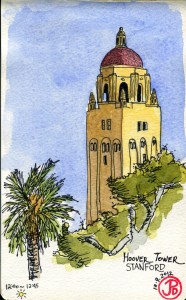
This sketch of Hoover Tower was done in December of 2012 as a Christmas present for my father. It hung in a frame on his bedroom wall in Davis.

A Stanford touchstone for me is the 2001 Andy Goldsworthy sculpture Stone River. The serpentine wall was constructed using stones from the earthquake damage during the tectonic activities of 1906 and 1989. I have sketched Goldsworthy’s work many times. There are many of his sculptures in the Bay Area many within a short distance of my San Francisco digs.











